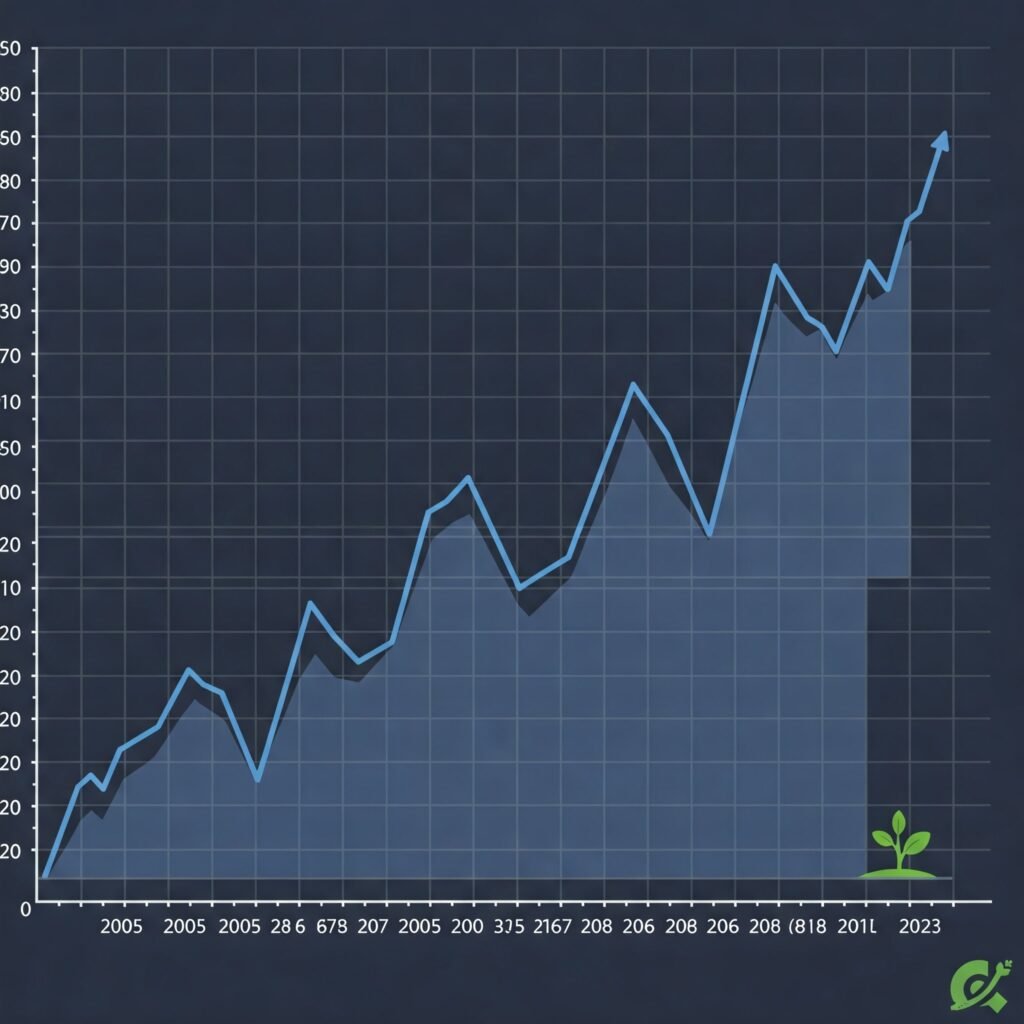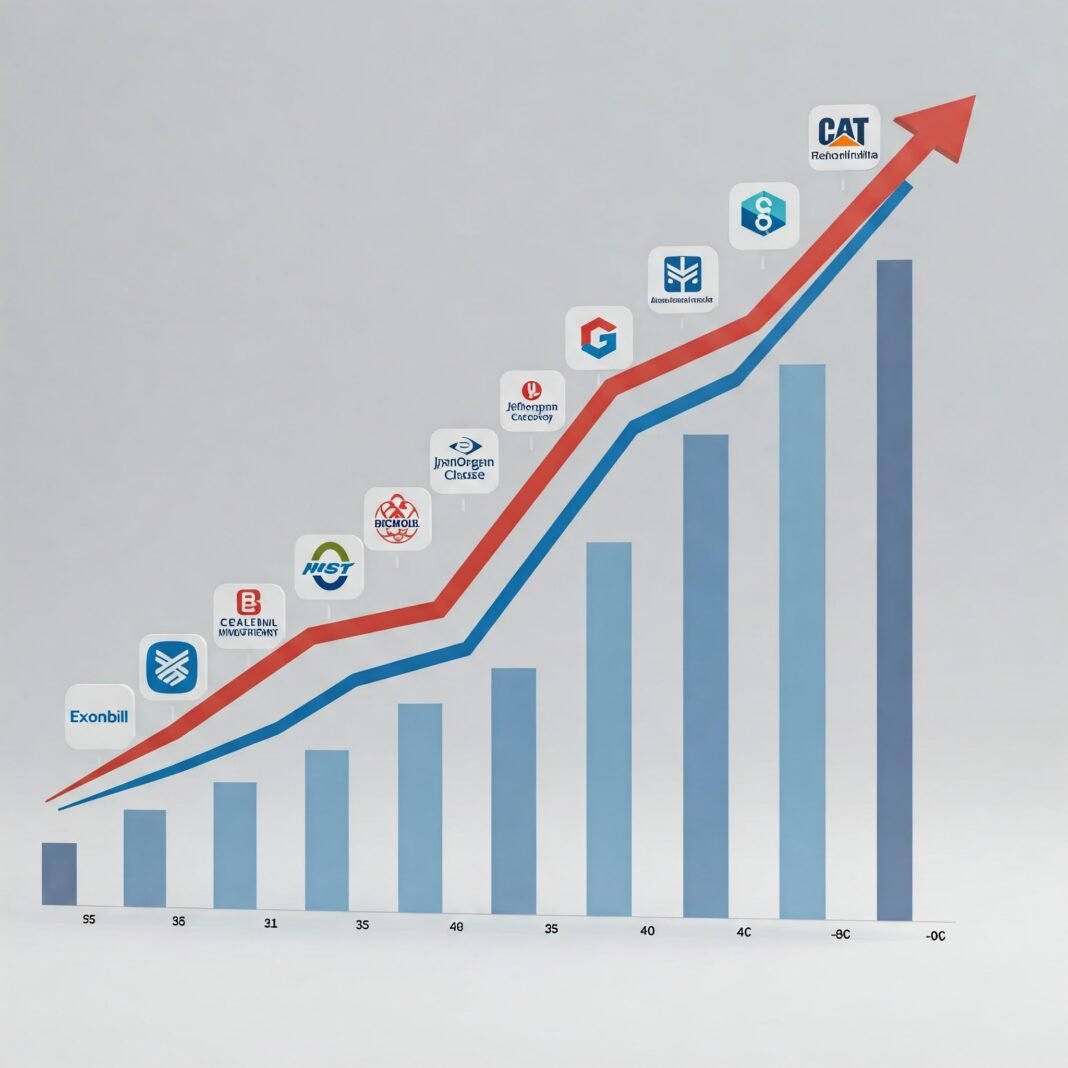If you’re looking to build long-term wealth and diversify your investment portfolio, investing in S&P 500 ETFs is a strategy that consistently comes up in investment discussions – and for good reason. These exchange-traded funds offer a simple and effective way to gain exposure to 500 of the largest and most established companies in the United States. But what exactly are S&P 500 ETFs, and how can you start investing in them?
This ultimate guide is designed to walk you through everything you need to know about investing in S&P 500 ETFs, from understanding the basics to building a smart investment strategy. Whether you’re a seasoned investor or just starting out, this guide will provide you with valuable insights and actionable takeaways to help you on your investment journey.
What Exactly Are S&P 500 ETFs?
Let’s start with the fundamentals of investing in S&P 500 ETFs. An ETF, or Exchange-Traded Fund, is a type of investment fund that trades on stock exchanges, much like individual stocks. An S&P 500 ETF specifically aims to track the performance of the S&P 500 Index.
The S&P 500 Index is a stock market index that represents the performance of 500 of the largest publicly traded companies in the United States. It’s widely considered a benchmark for the U.S. equity market. When you invest in an S&P 500 ETF, you’re essentially owning a small piece of all these 500 companies, giving you instant diversification across various sectors of the U.S. economy.
Think of it like buying a basket containing stocks of Apple, Microsoft, Amazon, and hundreds of other leading American companies, all in one single investment. This inherent diversification is one of the key advantages of investing in S&P 500 ETFs.
Why Consider Investing in S&P 500 ETFs?
So, why are so many investors drawn to investing in S&P 500 ETFs? Several compelling reasons make them an attractive investment option:
- Diversification: As mentioned, an S&P 500 ETF provides broad exposure to 500 companies, significantly reducing the risk associated with investing in individual stocks. If one company or sector performs poorly, the impact on your overall investment is minimized due to the performance of the other holdings.
- Low Cost: S&P 500 ETFs are typically passively managed, meaning the fund managers aren’t actively picking and trading stocks frequently. This results in lower operating costs, which are passed on to investors in the form of low expense ratios. These low fees can significantly impact your long-term returns.
- Strong Historical Performance: Historically, the S&P 500 Index has shown strong long-term growth, reflecting the overall growth of the U.S. economy. While past performance is not indicative of future results, the index has a solid track record of recovering from downturns and achieving long-term appreciation.
- Liquidity: S&P 500 ETFs are highly liquid, meaning they can be easily bought and sold on stock exchanges throughout the trading day. This provides investors with flexibility and ease of access to their investment.
- Simplicity: Investing in S&P 500 ETFs is straightforward. You don’t need to research individual companies; your investment automatically tracks a widely recognized index. This makes it an accessible option for both new and experienced investors.

Getting Started with Investing in S&P 500 ETFs
Ready to begin your journey of investing in S&P 500 ETFs? Here are the key steps to take:
Choose a Brokerage Account
To buy S&P 500 ETFs, you’ll need a brokerage account. Many online brokers offer access to a wide range of ETFs with competitive commission structures (often commission-free for ETFs). When choosing a broker, consider factors like account minimums, trading platforms, research tools, and customer service.
Research Different S&P 500 ETFs
While all S&P 500 ETFs aim to track the same index, there can be slight variations. Key factors to compare include:
- Expense Ratio: Look for ETFs with the lowest expense ratios to minimize costs.
- Tracking Difference: This measures how closely the ETF’s performance tracks the underlying index. A lower tracking difference is generally better.
- Assets Under Management (AUM): A larger AUM can indicate higher liquidity.
- Dividend Handling: Some ETFs reinvest dividends, while others distribute them. Consider your investment goals when choosing.
Popular S&P 500 ETFs include those offered by Vanguard (like VOO), iShares (like IVV), and SPDR (like SPY). Doing your research on these and others is a crucial step in investing in S&P 500 ETFs. (Outbound Link: Link to a reputable financial news site comparing popular S&P 500 ETFs).

Make Your Investment
Once you have a brokerage account and have chosen an S&P 500 ETF, you can place an order to buy shares. You can invest a lump sum or set up regular, automatic investments through a strategy like dollar-cost averaging.
Consider Your Investment Strategy
Your investment strategy for investing in S&P 500 ETFs will depend on your financial goals, risk tolerance, and investment horizon.
- Long-Term Growth: S&P 500 ETFs are well-suited for long-term investors looking for capital appreciation.
- Diversification: Use S&P 500 ETFs as a core component of a diversified portfolio that may also include international stocks, bonds, and other asset classes.
- Retirement Planning: Investing in S&P 500 ETFs is a popular choice for retirement accounts like 401(k)s and IRAs due to their low cost and long-term growth potential.
Managing Your S&P 500 ETF Investments
Investing in S&P 500 ETFs isn’t a set-it-and-forget-it strategy, but it is relatively low-maintenance. Here are a few things to keep in mind:
Rebalancing Your Portfolio
Over time, the allocation of your portfolio may drift as different assets perform differently. Periodically rebalancing your portfolio means adjusting your holdings to bring them back to your target asset allocation. If your S&P 500 ETF position has grown significantly, you might sell some shares to reinvest in other asset classes that have lagged.
Staying Informed
While you don’t need to track daily price movements obsessively, it’s wise to stay informed about major economic news and trends that could impact the S&P 500. Understanding the broader market context is helpful when investing in S&P 500 ETFs.
Focusing on the Long Term
Market fluctuations are normal. Historically, the S&P 500 has experienced downturns, but it has also recovered and reached new highs over time. Maintaining a long-term perspective and avoiding impulsive decisions based on short-term market noise is crucial for successful investing in S&P 500 ETFs.

Potential Downsides and Risks
While investing in S&P 500 ETFs offers many advantages, it’s essential to be aware of potential downsides and risks:
- Market Risk: The value of S&P 500 ETFs will fluctuate with the overall stock market. There’s no guarantee of returns, and you could lose money.
- Lack of Concentration: While diversification is a strength, it also means you won’t experience the concentrated gains you might get from picking a single, high-performing stock. Your returns will generally mirror the overall market’s performance.
- Tracking Error: Although minimal for most large S&P 500 ETFs, there can be a slight difference between the ETF’s performance and the index’s performance due to fees and operational factors.
Conclusion: A Solid Foundation for Your Portfolio
Investing in S&P 500 ETFs can be a smart and accessible way to build a diversified, low-cost investment portfolio with the potential for long-term growth. By understanding what these ETFs are, why they are popular, and how to incorporate them into your investment strategy, you can take a significant step towards achieving your financial goals. Remember to do your research, choose a reputable broker, and maintain a long-term perspective. Happy investing!
(Outbound Link: Link to an educational resource about the S&P 500 index, like from Investopedia or a similar reputable financial education site).





